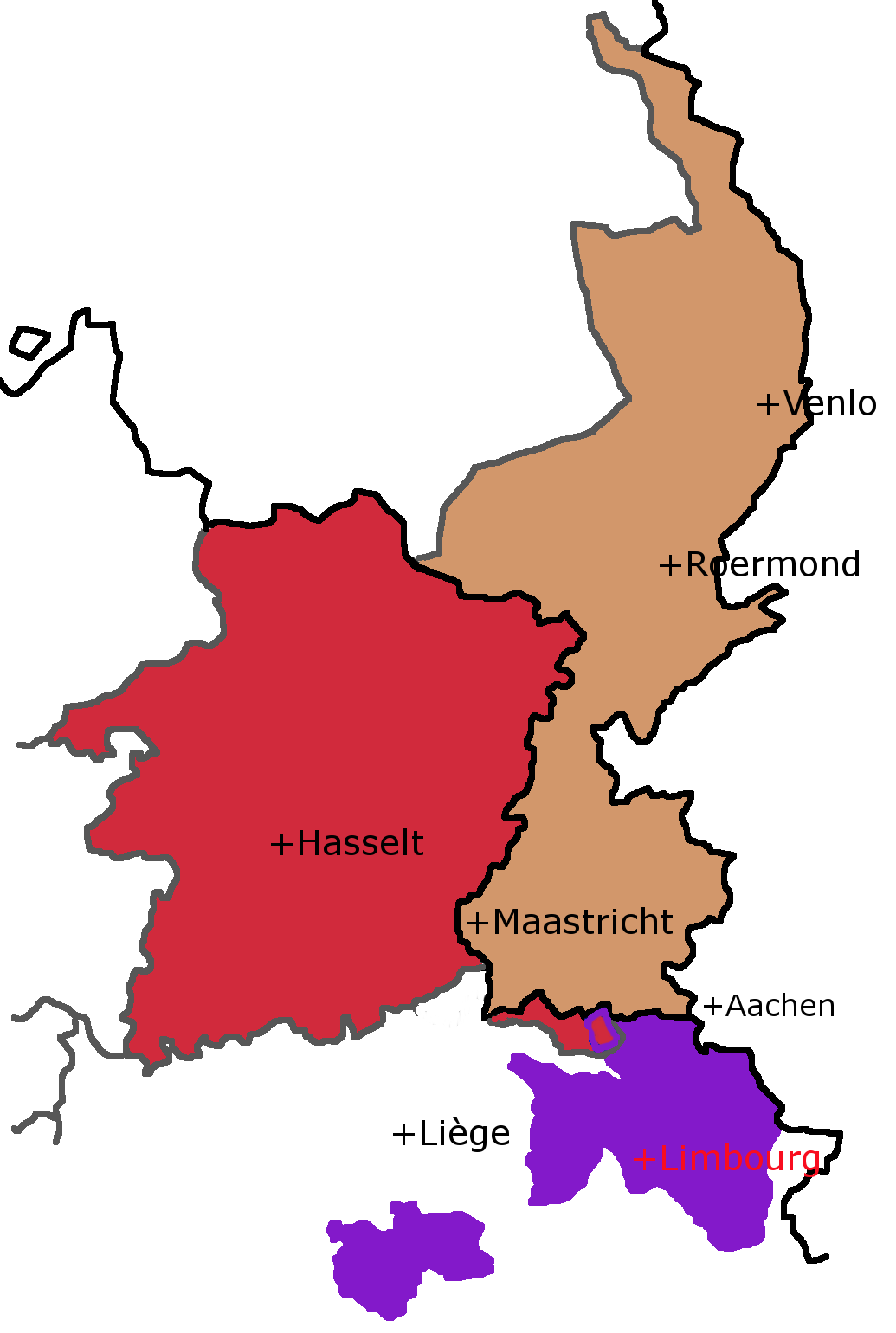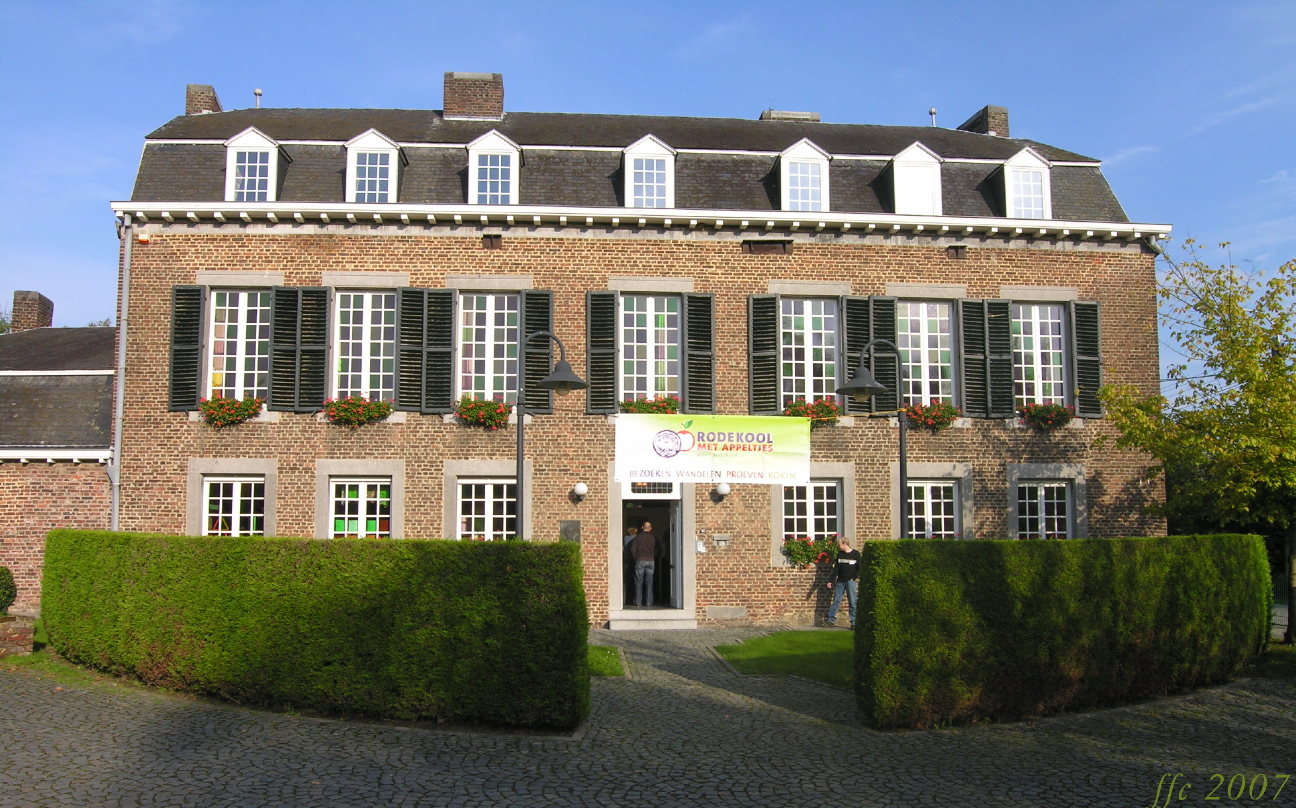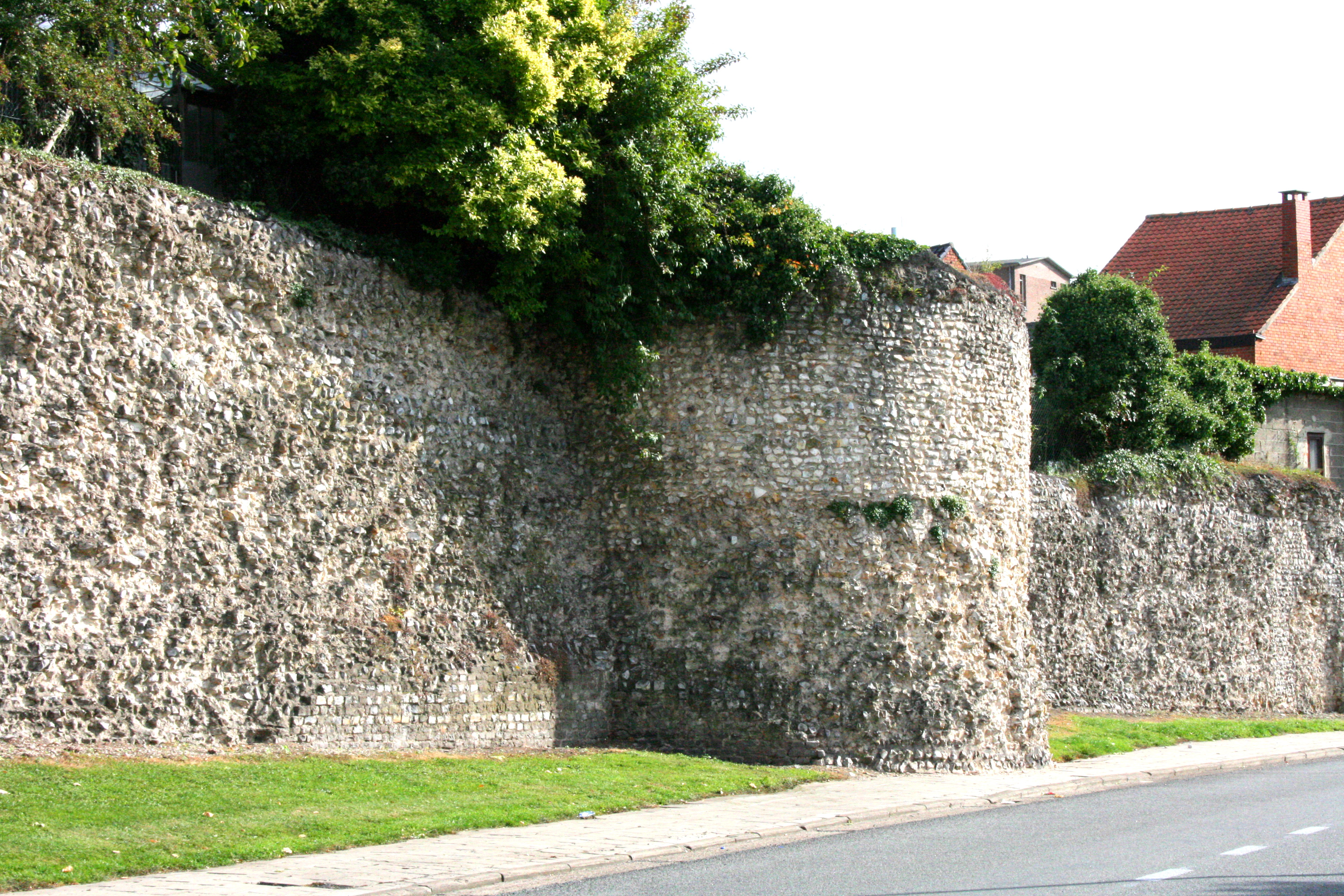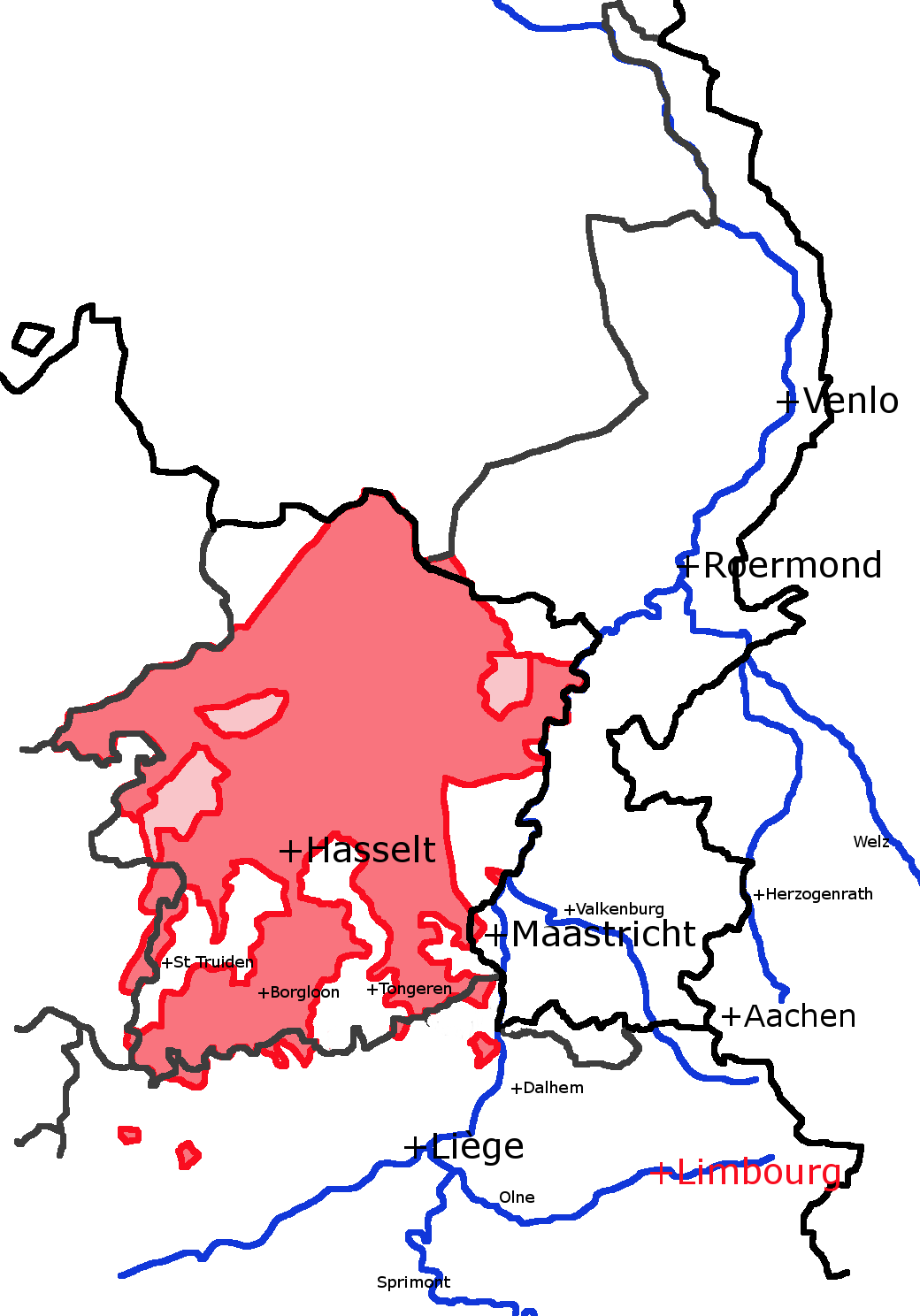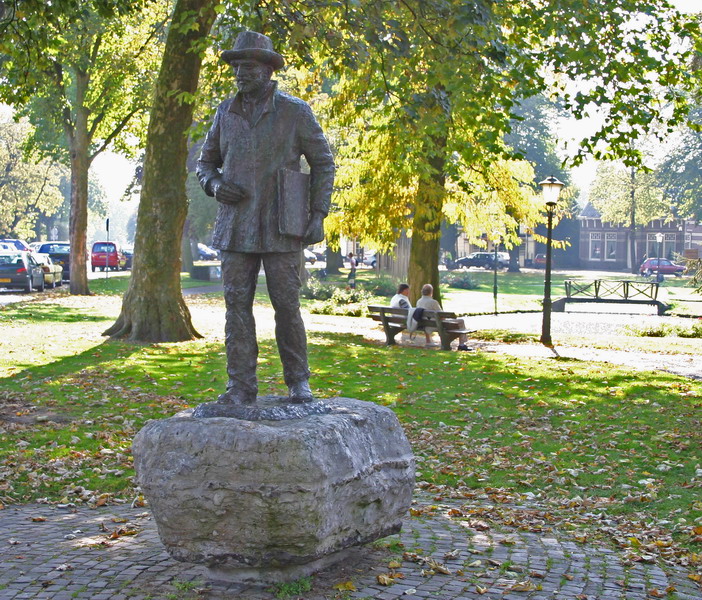|
Limburg (Belgium)
Limburg (, ; or ; , ), also known as Belgian Limburg, is a province in Belgium. It is the easternmost of the five Dutch language, Dutch-speaking provinces that together form the Flemish Region, Region of Flanders, which is one of the three main Communities, regions and language areas of Belgium, political and cultural sub-divisions of modern-day Belgium. As of January 2024, Limburg had a population of 0.9 million. Limburg is located west of the Meuse (), which separates it from the similarly-named Netherlands, Dutch province of Limburg (Netherlands), Limburg. To the south it shares a border with the French-speaking province of Liège Province, Liège, with which it also has historical ties. To the north and west are the old territories of the Duchy of Brabant. Today these are the Flemish provinces of Flemish Brabant and Antwerp (province), Antwerp to the west, and the Dutch province of North Brabant to the north. Historically Belgian Limburg is roughly equivalent to the Dutch-s ... [...More Info...] [...Related Items...] OR: [Wikipedia] [Google] [Baidu] |
Limburg (Netherlands)
Limburg (; ), also known as Dutch Limburg, is the southernmost of the twelve provinces of the Netherlands. It is bordered by Gelderland to the north and by North Brabant to the west. Its long eastern boundary forms the border with the German state of North Rhine-Westphalia. To the west is the border with the Belgian province of Limburg, part of which is delineated by the river Meuse. To the south, Limburg is bordered by the Belgian province of Liège. The Vaalserberg is the extreme southeastern point, the tripoint of the Netherlands, Germany, and Belgium. Limburg had a population of about 1,128,000 in January 2023. Its main municipalities are the provincial capital Maastricht (population 120,837 as of January 2022), Venlo (population 102,176) in the northeast, as well as Sittard-Geleen (population 91,760, bordering both Belgium and Germany) and Heerlen (population 86,874) in the south. More than half of the population, approximately 650,000 people, live in the south of Limb ... [...More Info...] [...Related Items...] OR: [Wikipedia] [Google] [Baidu] |
Liège Province
Liège ( ; ; ; ; ) is the easternmost province of the Wallonia region of Belgium. Liège Province is the only Belgian province that has borders with three countries. It borders (clockwise from the north) the Dutch province of Limburg, the German states of North Rhine-Westphalia and Rhineland-Palatinate, the Luxembourgish canton of Clervaux, the Belgian Walloon (French-speaking) provinces of Luxembourg, Namur and Walloon Brabant and the Belgian Flemish (Dutch-speaking) provinces of Flemish Brabant and Limburg. Part of the eastern-most area of the province, bordering Germany, is the German-speaking region of Eupen-Malmedy, which became part of Belgium in the aftermath of World War I. The capital and the largest city of the province is the city of the same name, Liège. The province has an area of , and a population of 1.12 million as of January 2024. History The modern borders of the province of Liège date from 1795, which saw the unification of the Principali ... [...More Info...] [...Related Items...] OR: [Wikipedia] [Google] [Baidu] |
Prince-bishopric Of Liège
The Prince-Bishopric of Liège or Principality of Liège was a Roman Catholic ecclesiastical principality of the Holy Roman Empire that was situated for the most part in present-day Belgium. It was an Imperial Estate, so the bishop of Liège, as its prince, had a seat and a vote in the Imperial Diet. The Prince-Bishopric of Liège should not be confused with the Diocese of Liège, which was larger and over which the prince-bishop exercised only the usual responsibilities of a bishop. The bishops of Liège acquired their status as prince-bishops between 980 and 985 when Bishop Notker of Liège, who had been the bishop since 972, received secular control of the County of Huy from Emperor Otto II. From 1500, the prince-bishopric belonged to the Lower Rhenish–Westphalian Circle. Its territory included most of the present Belgian provinces of Liège and Limburg, and some exclaves in other parts of Belgium and the Netherlands. The ecclesiastical state briefly became a republic ... [...More Info...] [...Related Items...] OR: [Wikipedia] [Google] [Baidu] |
Wallonia
Wallonia ( ; ; or ), officially the Walloon Region ( ; ), is one of the three communities, regions and language areas of Belgium, regions of Belgium—along with Flemish Region, Flanders and Brussels. Covering the southern portion of the country, Wallonia is primarily Geographical distribution of French speakers, French-speaking. It accounts for 55% of Belgium's territory, but only a third of its population. The Walloon Region and the French Community of Belgium, which is the political entity responsible for matters related mainly to culture and education, are independent concepts, because the French Community of Belgium encompasses both Wallonia and the bilingual Brussels-Capital Region but not the German-speaking Community of Belgium, which administers nine municipalities in Eastern Wallonia. During the Industrial Revolution, Wallonia was second only to the United Kingdom in industrialization, capitalizing on its extensive deposits of coal and iron. This brought the regio ... [...More Info...] [...Related Items...] OR: [Wikipedia] [Google] [Baidu] |
Voeren
Voeren (; ) is a Flanders, Flemish Dutch language, Dutch-speaking Municipalities of Belgium, municipality with Municipalities with language facilities, facilities for the Walloons, French-speaking minority, located in the Belgium, Belgian province of Limburg (Belgium), Limburg. Bordering the Netherlands to the north and the Wallonia region's Liège Province () to the south, it is geographically detached from the rest of Flanders, making Voeren an Enclave and exclave, exclave of Flanders. Voeren's name is derived from that of a small right-bank tributary of the Meuse, the Voer, which flows through the municipality. The current municipality of Voeren was established by the municipal reform of 1977. On 1 January 2008, Voeren had a total population of 4,207. Its total area is , giving a population density of . About 25% of the population is made up of foreign nationals, most of whom have Dutch people, Dutch nationality. Villages The municipality consists of the six villages of 's-G ... [...More Info...] [...Related Items...] OR: [Wikipedia] [Google] [Baidu] |
Tongeren
Tongeren (; ; ; ) is a city and former municipality located in the Belgian province of Limburg, in the southeastern corner of the Flemish region of Belgium. Tongeren is the oldest town in Belgium, as the only Roman administrative capital within the country's borders. As a Roman city, it was inhabited by the Tungri, and known as ''Atuatuca Tungrorum'', it was the administrative centre of the ''Civitas Tungrorum'' district. Since 1 January 2025, it is part of the new municipality Tongeren-Borgloon History ''Atuatuca Tungrorum'' The Romans referred to Tongeren as ''Aduatuca Tungrorum'' or ''Atuatuca Tongrorum'', and it was the capital of the large Roman province of '' Civitas Tungrorum'', an area which covered modern Belgian Limburg, and at least parts of all the areas around it. Before the Roman conquests, this area was inhabited by the group of Belgic tribes known as the ''Germani cisrhenani''. (Despite being known as the ''Germani'', whether they spoke a Germanic languag ... [...More Info...] [...Related Items...] OR: [Wikipedia] [Google] [Baidu] |
Genk
Genk () is a Municipalities of Belgium, municipality and City status in Belgium, city located in the Belgian Provinces of Belgium, province of Limburg (Belgium), Limburg near Hasselt. The municipality comprises only the town of Genk itself. It is one of the most important industrial towns in Flanders, located on the Albert Canal, between Antwerp and Liège. History Celtic and medieval origins Genk probably originated as a Celtic village, and was converted to Christianity in the 10th century. The remains of a little wooden church dating from that period were found in the area. The first mention of Genk as ''Geneche'' can be found in a document dating from 1108, ceding the territory to the Abbey of Rolduc. Politically, Genk belonged to the County of Loon until it was annexed by the Prince-Bishopric of Liège in 1365. 19th century During a century of on-going Industrial Revolution#Belgium, industrialisation further south in Belgium, Limburg (Belgium), Limburg modernised only ... [...More Info...] [...Related Items...] OR: [Wikipedia] [Google] [Baidu] |
Sint-Truiden
Sint-Truiden (; ; ) is a City status in Belgium, city and Municipalities in Belgium, municipality located in the Provinces of Belgium, province of Limburg (Belgium), Limburg, Flemish Region, Belgium. With more than 41,500 inhabitants, it is one of the largest cities in Limburg. The municipality includes the former communes (now ''deelgemeenten'') of Aalst, Brustem, Duras, Belgium, Duras, Engelmanshoven, Gelinden, Gorsem, Groot-Gelmen, Halmaal, Kerkom-bij-Sint-Truiden, Melveren, Metsteren, Ordingen, Runkelen, Velm, Wilderen, and Zepperen. The city is in the centre of Belgium's fruit-producing region, ''Haspengouw'' (Hesbaye), which is renowned for its pears, apples (Jonagold), and Cherry, sweet cherries. History Origins and Golden Age The municipality developed around an Sint-Truiden Abbey, abbey founded in the 7th century by St. Trudo, a Franks, Frankish nobleman. Legend has it that as a boy, Trudo was playing, building a small church with some rocks. When a woman scornfull ... [...More Info...] [...Related Items...] OR: [Wikipedia] [Google] [Baidu] |
Arrondissements Of Belgium
Arrondissements of Belgium (plural in ) are administrative division, subdivisions below the provinces of Belgium. There are administrative, judicial and electoral arrondissements. These may or may not relate to identical geographical areas. Belgium, a federalized state, geographically consists of three regions and communities of Belgium, regions, of which only Flanders and Wallonia are subdivided into five provinces of Belgium, provinces each; Brussels is neither a province nor is it part of one. Administrative The 43 administrative arrondissements are an administrative level between the Commune (subnational entity), municipalities and the provinces. Brussels-Capital forms a single arrondissement for all 19 municipalities in the region by that name. As an exception, the arrondissement of Verviers has two NUTS codes: BE335 for the French-speaking part and BE336 for the German-speaking part. The latter is identical to the area of the German-speaking community. Judicial Be ... [...More Info...] [...Related Items...] OR: [Wikipedia] [Google] [Baidu] |
County Of Loon
The County of Loon ( , ) was a county in the Holy Roman Empire, which corresponded approximately with the modern Belgian province of Limburg. It was named after the original seat of its count, Loon, which is today called Borgloon. During the middle ages the counts moved their court to a more central position in Kuringen, which today forms part of Hasselt, capital of the province. From its beginnings, Loon was associated with the nearby Prince-bishop of Liège, and by 1190 the count had come under the bishop's overlordship. In the fourteenth century the male line ended for a second time, at which point the prince-bishops themselves took over the county directly. Loon approximately represented the Dutch-speaking (archaic ) part of the princedom. All of the Dutch-speaking towns in the Prince-Bishopric, with the status of being so-called " Good Cities" (), were in Loon, and are in Belgian Limburg today. These were Beringen, Bilzen, Borgloon, Bree, Hamont, Hasselt, Herk-de-Stad ... [...More Info...] [...Related Items...] OR: [Wikipedia] [Google] [Baidu] |
Prince-Bishopric Of Liège
The Prince-Bishopric of Liège or Principality of Liège was a Roman Catholic ecclesiastical principality of the Holy Roman Empire that was situated for the most part in present-day Belgium. It was an Imperial Estate, so the bishop of Liège, as its prince, had a seat and a vote in the Imperial Diet. The Prince-Bishopric of Liège should not be confused with the Diocese of Liège, which was larger and over which the prince-bishop exercised only the usual responsibilities of a bishop. The bishops of Liège acquired their status as prince-bishops between 980 and 985 when Bishop Notker of Liège, who had been the bishop since 972, received secular control of the County of Huy from Emperor Otto II. From 1500, the prince-bishopric belonged to the Lower Rhenish–Westphalian Circle. Its territory included most of the present Belgian provinces of Liège and Limburg, and some exclaves in other parts of Belgium and the Netherlands. The ecclesiastical state briefly became a republic ... [...More Info...] [...Related Items...] OR: [Wikipedia] [Google] [Baidu] |
North Brabant
North Brabant ( ; ), also unofficially called Brabant, Dutch Brabant or Hollandic Brabant, is a province in the south of the Netherlands. It borders the provinces of South Holland and Gelderland to the north, Limburg to the east, Zeeland to the west, and the Flemish provinces of Antwerp and Limburg to the south. The northern border follows the Meuse westward to its mouth in the Hollands Diep strait, part of the Rhine–Meuse–Scheldt delta. North Brabant had a population of about 2,626,000 as of January 2023. Major cities in North Brabant are Eindhoven (pop. 231,642), Tilburg (pop. 217,259), Breda (pop. 183,873), its provincial capital 's-Hertogenbosch (pop. 154,205), and Helmond (pop. 94,967) History The Duchy of Brabant was a state of the Holy Roman Empire established in 1183 or 1190. It developed from the Landgraviate of Brabant and formed the heart of the historic Low Countries, part of the Burgundian Netherlands from 1430 and of the Habsburg Netherlands f ... [...More Info...] [...Related Items...] OR: [Wikipedia] [Google] [Baidu] |

